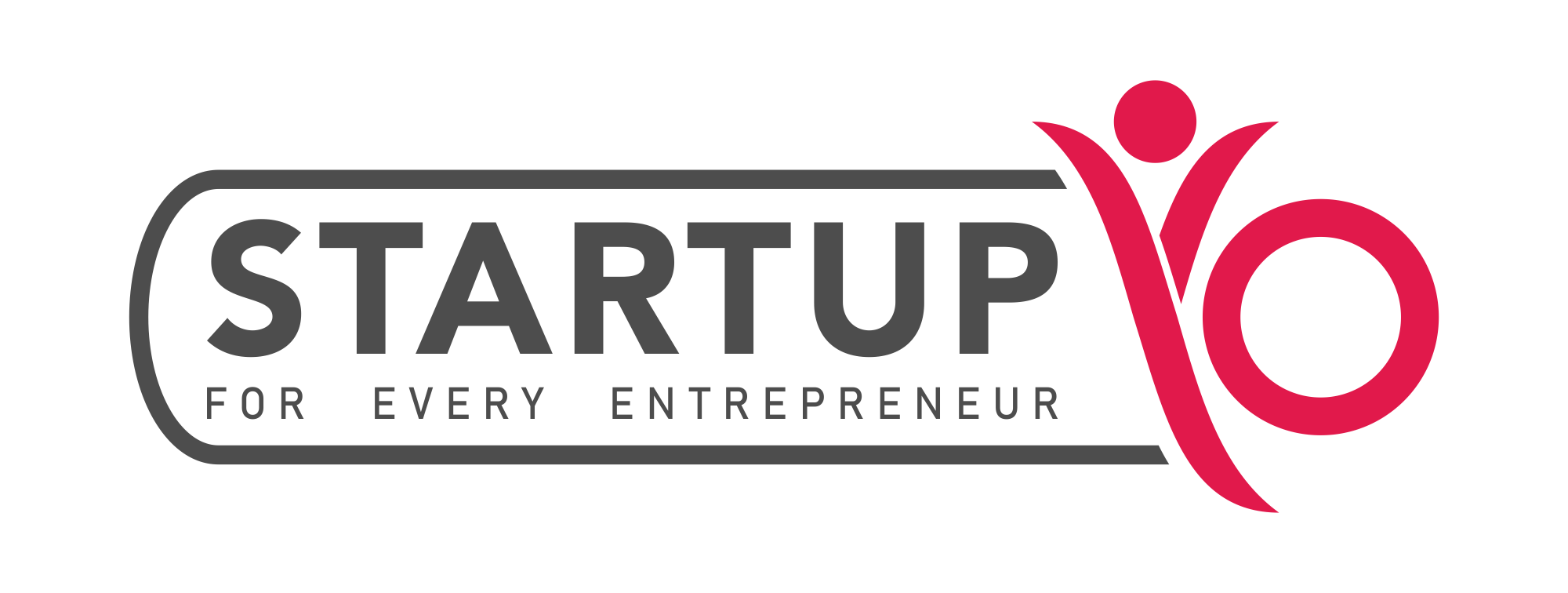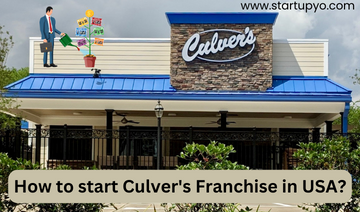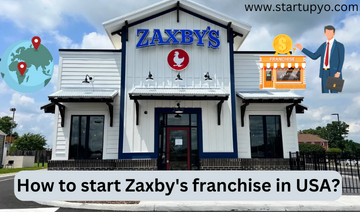- Overview
- Type Of Franchise Options Does Subway Offer
- Subway Franchise In USA
- Financial Requirements
- Estimated Start-up Cost/Investment
- Does Subway Provide Financing to New Franchises
- Application Process
- Support & Training Program
- Why To Invest In Subway Franchise In USA?
- Exceptional Growth
- Low Investment And High-Profit Margin
- Assistance
- Why Investing In Subway Franchise Is A Big No?
- Conclusion
Overview
For investors looking for growth-oriented business opportunities, Subway has always seemed to be the profitable option in terms of fast-food restaurant franchises.In fact, Subway’s franchise model has attracted many potential franchise owners to invest in this global brand, expanding its presence in the United States and the rest of the world.
However, the pace of new Subway franchises has declined in the past years, which resulted in many investors asking one common question – how profitable is opening a Subway franchise in USA? What is the cost of opening a Subway franchise in USA? And are the profits worth the investment, or should you look into other options? Here’s everything you need to know.
Become becoming a most loved fast food restaurant and a profitable franchise opportunity, Subway started as a small restaurant – “Pete’s Super Submarines,” in Bridgeport, Connecticut, in 1965.
The origin story of this multi-millionaire business model is quite interesting. Founder Fred DeLuca borrowed $1,000 from co-founder Peter Buck to start a new restaurant. Three years later, the restaurant was renamed “Subway.” As with the passing time, Subway became the first choice of US food lovers and was a financial success. With that, the company started franchising throughout the United States.
After nearly two decades, the first international Subway franchise opened in Bahrain in 1984. Surprisingly, it overtook the number of McDonald’s worldwide, with 33,749 units – over a thousand more stores than that of McDonald’s.
In terms of the profitable franchising model, Subway has consistently been among the world’s top seven successful franchises. However, the company experienced a setback in 2016 when hundreds of US units suffered a net loss that resulted in a few hundred stores shutting down. This continued to 2017. However, the company made an appreciable comeback. As of 2022, more than 41,500 Subway units are operating worldwide, all independently owned.
Read More : How to Start Kona Ice Franchise In USA ?
Type Of Franchise Options Does Subway Offer
As a potential investor of the company, you either have two franchise choices: Traditional and Non-traditional restaurants. The costs, fees, and initial investment for both franchise opportunities vary depending on the size and the location.
Let’s understand these franchise options in detail and have a clear outlook of which one suits you:
Traditional Restaurant: These are full-sized restaurants with facilities like dine-in, delivery, and carry-out. These units require considerable space and are often standalone buildings. On the other hand, traditional Subway restaurants provide a spacious sitting facility and have a fully-fledged menu.
Non-traditional Restaurant: Non-traditional restaurants are also full-service but share locations with other businesses. These non-traditional Subway units are generally available at gasoline stations; highway rest stops, convenience stores, hospitals, parks, universities, schools, airports, theme parks, national parks, department stores, military bases, business complexes, assisted living/nursing homes, sports arenas, convention centers, bus and railroad terminals, and other similar locations.
Subway Franchise In USA
Subway has set stringent eligibility criteria for choosing the right candidate. Therefore, before moving on to applying for a Subway franchise in USA, check your application eligibility.
Here are the value and qualities needed to become a member of the Subway family:
Leadership: You should possess leadership qualities and a passion for motivating your staff members.
Confidence: A candidate should have great confidence to resolve issues independently within a set of guidelines and rules.
Commitment: The franchise owner must be committed to its work and employees.
Strategy: The candidate should be an excellent strategy to assess a situation and make a decision independently.
Goal Getter: As a member of a global brand like Subway, you should be goal-oriented to build something to pass on to your family.
Financial Requirements
Subway is probably the cheapest yet the best franchise opportunity in the US right now. Additionally, the start-up cost for opening a new Subway franchise in USA is relatively lower than its rival – McDonald’s and Burger King.
Here’s a breakdown of financial requirements & costs required to start a new Subway Franchise:
- Liquid Cash Requirement: $15,000
- Net Worth: $80,000
Estimated Start-up Cost/Investment
| Initial Cost | Minimum | Maximum |
| Initial Franchise Fee | $15,000 | $15,000 |
| Leasehold Improvements | $40,900 | $200,000 |
| Real Property | $2,000 | $12,000 |
| Optional Security System | $2,450 | $3,550 |
| Equipment, Furniture and Décor | $90,000 | $180,000 |
| Freight Charges (varies by location) | $3,000 | $14,000 |
| Opening Inventory | $4,400 | $6,050 |
| Outside Signage | $1,600 | $8,000 |
| Supplies | $500 | $1,300 |
| Insurance | $1,200 | $5,000 |
| Training Expenses (including travel & lodging) | $2,500 | $4,500 |
| Opening Advertising | $2,000 | $4,000 |
| Legal and Accounting | $1,000 | $3,500 |
| Miscellaneous Expenses (business license, utility deposits & small equipment) | $4,000 | $8,000 |
| Additional Funds – three months | $12,000 | $42,000 |
| ESTIMATED TOTAL | $182,550 | $506,900 |
Note: The data shown in the table above is taken from Subway’s 2022 Franchise Disclosure Document (FDD). The estimated initial cost range covers from a non-traditional location size to a traditional location size.
Fixed Fees
| Type of Fee | Amount |
| Royalty Fees | 8% of total gross sales. |
| Audit fees | Overdue amount. |
| Advertising | 4.5% of total gross sales. |
| Fees for Unpaid Balances | Interest charge of 12% (If payment is one week late and after that 10%) |
| Transfer | 50% of the then-current franchise fee (currently, $7,500), in addition to $3,000 for any satellite. |
| Equipment Purchase and Freight Charges | Cost of equipment and freight charges, taxes, and other costs. |
| Location Rent/License Fee | $1,000 – $6,000 per month |
| Insurance | $1,200 – $5,000 per year. |
| Non-compete Violation | $15,000 for each competing store + 8% of its gross sales. |
| Indemnification | All liability, damages, and costs |
| Limited Time Offering and Auto Shipment | Varies |
| Co-Brand Continuing Fee | 0% – 8% of total gross sales |
| Optional Store Listing Service | $100 for each 90 day period. |
| Restaurant Technology Fee | $35 per month, subject to future increases. |
| Subway MyWay Rewards Program | Up to 1.9%, subject to any annual adjustments, of the gross sales |
| POS System Hardware-as-a-Service Fees | Approximately $57 per month. |
| Taxes and Other Fees | Varies |
| ServSafe Certification | $50 every two years. |
| Training Fee and Costs | No training fee for two persons; $7,500 for any additional persons trained. |
| Restaurant Excellence Visits Revisit Fee | $128.75 per revisit, subject to increase by 3% per year. |
| Legacy Support Fee | $200 per month of noncompliance. |
| Digital Menu Board CapEx Option | A 4-Screen Indoor Digital-Menu Board: $8,200 per restaurant.A 3-Screen Indoor Digital-Menu Board: $7,650 per restaurant.A 2-Screen Indoor Digital-Menu Board: $7,150 per restaurant.In all cases: $39 per month. |
Does Subway Provide Financing to New Franchises
Subway offers in-house financing to cover the costs, including franchise fees and equipment. Additionally, you can apply for a loan from a third-party lender.
A Traditional bank loan remains the most common form of conventional financing for a Subway franchise in USA. These loans cover expenses related to franchise acquisition, commercial real estate, and working capital.
Read More : How to Start A Dairy Queen Franchise In USA ?
Application Process
Here’s a complete process of becoming a Subway franchise owner, from submitting an application to the opening day.
Apply: Get complete Franchise Disclosure Document (FDD) information and send your proposal by applying on the website.
Attend A Meeting: Connect with the franchisor team and start research.
Approval: Once your application meets the company’s eligibility criteria, you will pass the standardised test and get application approval.
Site Selection: Choose the preferred location for outlet set up.
Make It Official: Sign the official contract.
Undergo Training: Schedule 2-week training with the Subway expert team.
Support & Training Program
Subway offers initial interactive training programs and ongoing support to help franchisees operate their businesses more smoothly.
| On-The-Job Training | 20 hours |
| Classroom Training | 80 hours |
| Available Training Locations | Australia, Montreal, China, Germany, India, Canada & Miami |
| Ongoing Support | Newsletter, Online Support, Security & Safety Procedures, Lease Negotiation, Field Operations, Meetings & Conventions, Proprietary Software Franchisee Intranet Platform, Toll-Free Line, Grand Opening, Site Selection |
| Marketing Support | Regional Advertising, Marketing Planning & Support, Co-op Advertising, SEO, Website Development, Ad Templates, Email Marketing, Loyalty Program/App, National Media, Social Media |
Why To Invest In Subway Franchise In USA?
When you own a Subway franchise in USA, you’ve become a proud member of the world’s largest restaurant chain and one of the most recognized brands. Additionally, you’ll get the support and experience that comes with it. Here are some reasons why investing in the Subway franchise is worth the cost:
Exceptional Growth
Since its inception, the Subway franchise model has seen phenomenal growth and has become the #1 Quick Service Restaurant (QSR) chain worldwide. In most years, existing owners buy about 70% of new franchises.
Low Investment And High-Profit Margin
Subway franchise comes at low investment costs and high-profit potential. It also offers pre-existing marketing and training supports. It also yields a significant portion of profit margin, and expansion becomes easy.
Assistance
Another benefit of the Subway franchise is the support and assistance provided by the franchisor:
- National and local support
- National and regional advertising
- Store development assistance
- Design support
- Lease negotiation
- Construction guidance
- Two-week training program
- Flexible floor plans
Read More : How to start Krispy Kreme Franchise in USA ?
Why Investing In Subway Franchise Is A Big No?
Subway franchises have begun to decline over the past few years. With hundreds of units closing since 2016, potential franchisees are worried about hopping on the Subway as a form of investment.
Here are some reasons why the Subway franchise is a bad investment:
Failing Businesses: Based on recent research, Subway franchises are at a decline. From 2012 to 2017, the company saw a 25% decline in business. This is due to the closing of thousands of franchises worldwide due to the lack of revenue.
By 2014, Subway began failing in sales. Since then, thousands of franchises have had to shut down due to financial failure over the years.
Increased Competition: Unarguably, Subway introduced the “open kitchen” model. Unlike other fast food restaurants, you can see and customize the ingredients in your sandwich according to your taste.
This resulted in Subway gaining the “healthy” fast food privilege in an industry where health is a hard-to-reach advantage.
Franchise Revenue: The high competition from other franchises and other Subway franchise owners are the primary reasons behind its failure.
Till 2012, the average Subway franchise in USA generated $482,000 in revenue. However, by 2016, it dropped to $422,500. These figures showed more Subways are opening but are not earning as much because of the increased competition.
Conclusion
Investing in a Subway franchise in USA offers equivalent perks and drawbacks. While starting a franchise, these perks may cover up all these drawbacks, but they can’t be ignored. So, don’t get too rushy to apply for Subway franchisee in USA until you’re not sure what you’re getting into.
The best advice we can give you here is to develop a business model, indulge yourself in market research, and check out the area you plan to open a Subway in. The ideal location should have no Subway franchises in the area and little to no similar fast-food restaurants.



